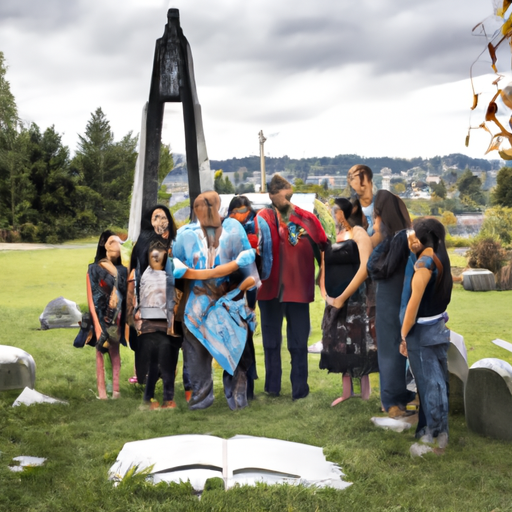The Unseen Battle: Sask First Nations Faces Ongoing Opioid Crisis
Regrettably, the silent epidemic ripping through Canadian communities continues unabated. The opioid crisis has drifted into a huge public health emergency that is asserting the lives of thousands and triggering widespread destruction in the nooks and corners of our society.
The Opioid Crisis In Sask First Nations
First Nations communities in Saskatchewan are particularly experiencing the brunt of the opioid crisis, which was detailed in a disturbing piece on CBC. The extensive impacts of the epidemic, such as an increase in crime, homelessness and the desperate need for naloxone kits to revive overdose victims paint a bleak picture of the crisis in these communities.
Opioids: The Silent Destroyer
Opioids, such as fentanyl and oxycontin, are powerful medications used to relieve pain. However, misuse or overuse can lead to physical dependence or even death. Worst still, the crisis is shattering families as they endure the loss of loved ones, and community leaders are in agonizing distress as they struggle to find a solution.
Key Points
- Death toll rising: The Saskatchewan Coroners Service reported that 119 people died of opioid overdoses in 2020, which is an increase compared to the past.
- Grief: Opioid addiction is no respecter of persons, shaking families and breaking communities.
- Homelessness and crime: Increased rates of homelessness and crime mark where the menace has tread. Drug users often fall into a spiral of crime to feed their habit, leading to an inflated rate of unlawful activity.
- Plea for help: Leaders in these communities are pleading for assistance in battling this invisible enemy. They are echoing the importance of a multifaceted approach encompassing education, rehabilitation and community support, to some degree of avail.
Counteracting The Crisis
A multifaceted approach is being initiated to combat the opioid crisis. Free naloxone kits, an opioid antidote, are being dispersed around communities to help save lives during overdoses. Additionally, a proposed opioid class action suit against major opioid producers could deliver necessary funds for those affected to seek recovery treatments.
The need for better education around the risk of opioids is also being emphasized, especially among youths. Health boards are being encouraged to create awareness programs. In addition, offering more affordable and accessible rehabilitation services for those flaunting addiction, coupled with increased community support, are all strategies being employed.
Conclusion
In the end, the battle against the opioid crisis will be won not solely by governments or health organizations, but by everyone taking collective responsibility. While the road to recovery may be long and turbulent for many, every life saved from this crisis represents victory.
Kudos to everyone taking a stand, let’s remember; united we stand, divided we fall.
In the final analysis, opioids may have mounted a serious challenge to Canadian communities, but we are seeing the emerging of a determined counter resistance, one community, one life at a time.


